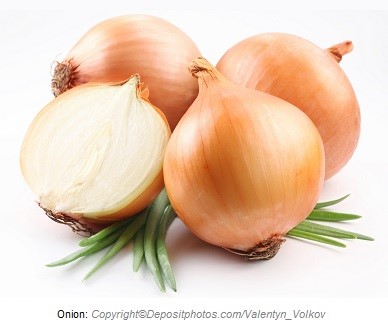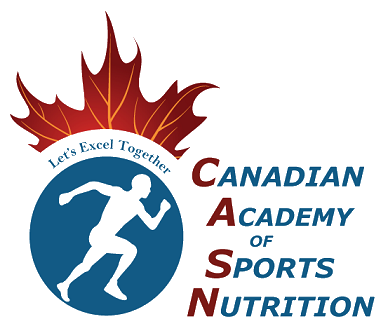Onion is a vegetable from allium family closely related to garlic. There are many  varieties of onions. Yellow onions, red onions, white onions, green onions and chives are the most commonly used onions. One cup of chopped onion weighs about 160 grams and provides 15 grams of carbohydrates, 3 grams of fiber and 2 grams of protein.
varieties of onions. Yellow onions, red onions, white onions, green onions and chives are the most commonly used onions. One cup of chopped onion weighs about 160 grams and provides 15 grams of carbohydrates, 3 grams of fiber and 2 grams of protein.
Average calories: 68 per one cup, chopped.
|
Onion: one cup, chopped |
|
|
Carbohydrate |
15 |
|
Fiber |
3 |
|
Protein |
2 |
|
Fat |
0 |
|
Calories |
68 |
Vitamins found in higher amounts: vitamins B6, C, B9, and B1.
Minerals found in higher amounts: manganese, potassium, calcium, phosphorous and magnesium.
Phytonutrients found in higher amounts and their health benefits: the phytochemicals in onions are sulfur-containing compounds (allicin and alliin), phytosterols (alpha-sitosterol and campesterol), flavonoids (quercetin and rutin) and phenolic compounds (ferulic acid, caffeic acid and fumaric acid).
Allicin and alliin, also found in garlic and leeks, are sulfur-containing phytochemicals in leeks. They are natural antibiotics that have antibacterial, antiviral, antifungal, anti-inflammatory, and anti-thrombotic properties, and reduce risk of atherosclerosis.
Flavonoids and polyphenols have anti-inflammatory, cancer-preventing, anti-oxidative, cardioprotective, and immune system-enhancing properties.
One cup of onions contains 24 mg of phytosterols especially alpha-sitosterol and campesterol. They are plant sterols that can lower bad cholesterol and improve cardiovascular health.
Eye irritation during chopping an onion is because of the release of a volatile gas named “syn-propanethial-s-oxide, which is also called “lachrymatory factor”. This gas comes from the breakdown of sulfoxides present in onions.

